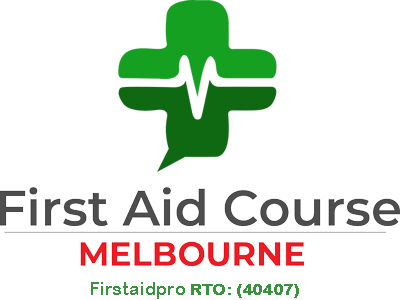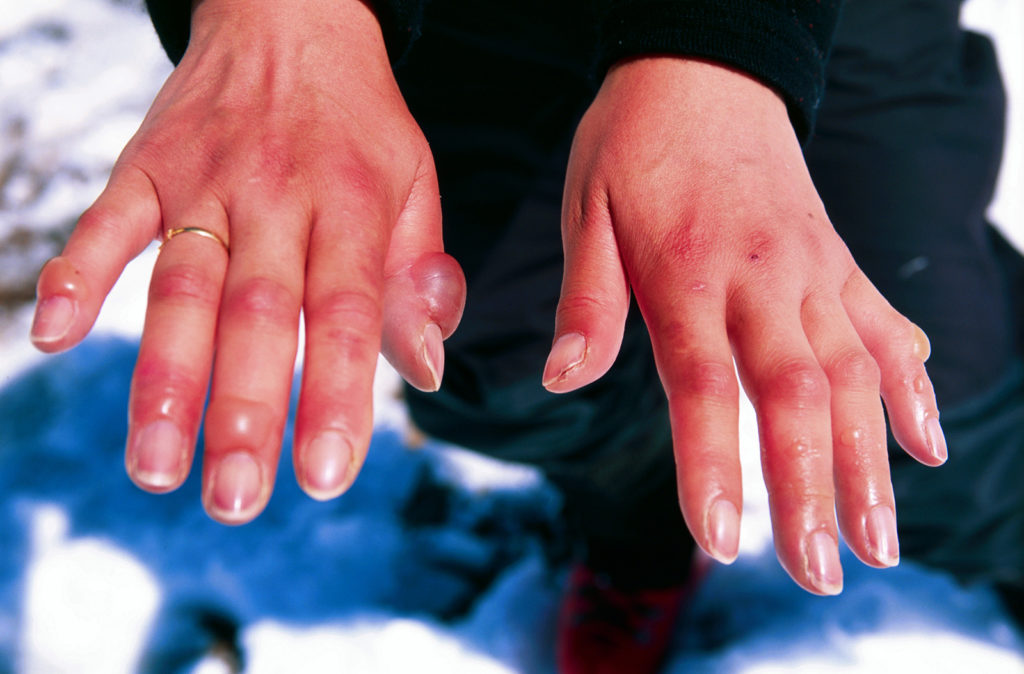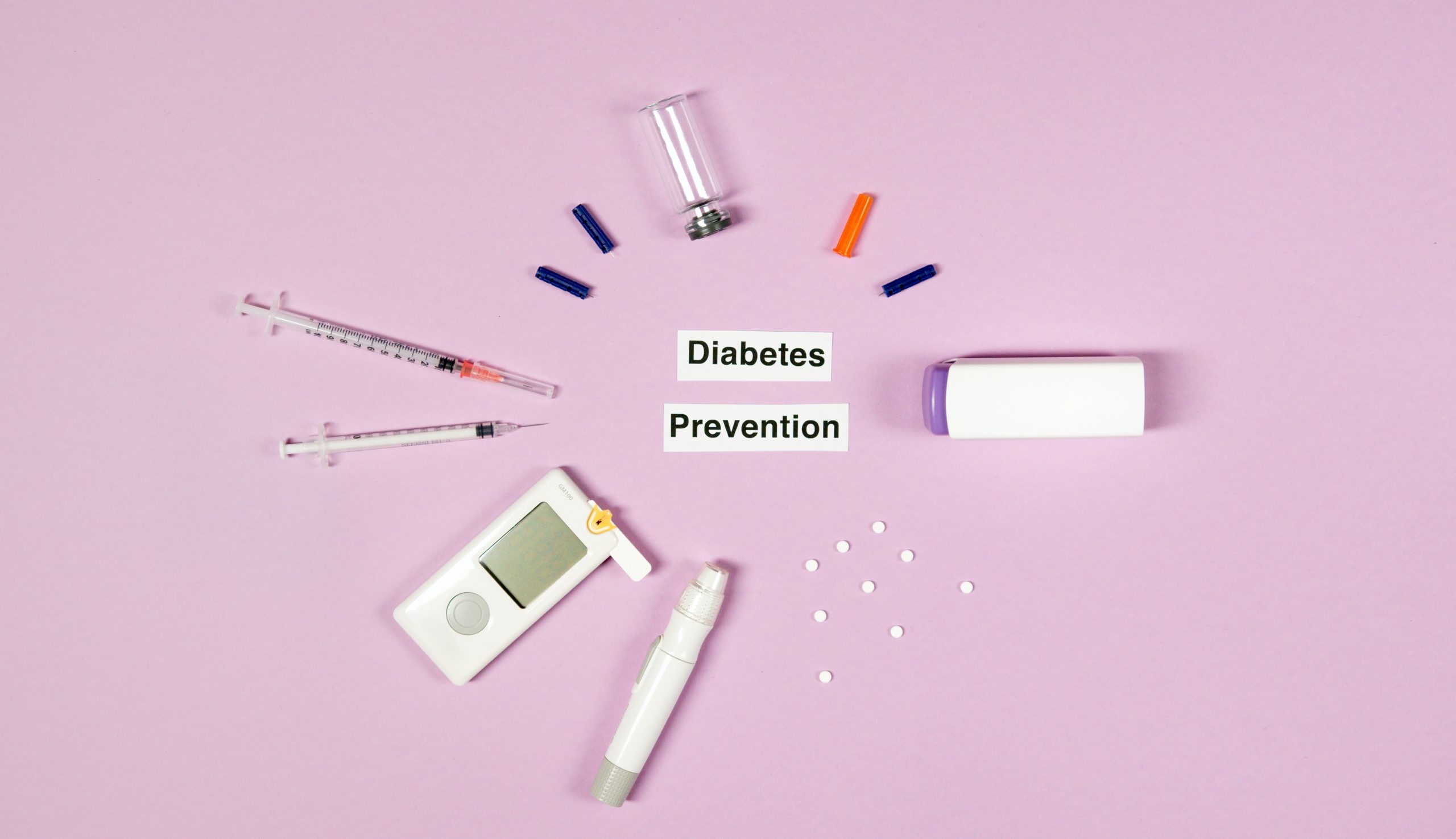Frostbite is an unwanted injury that is most often caused by freezing and can affect part of the face or any part that is exposed. When left untreated, frostbite can result in permanent damage and amputation.
What is frostbite?
Frostbite is a cold-related emergency that is caused by freezing of the skin or underlying tissues. The scary thing about this injury is it may quickly become life or limb-threatening. First, your skin becomes very cold and red; then, it will become numb, hard, and pale. Skin exposure during the cold winter months is the main factor of being vulnerable to frostbite. However, it can still happen even on skin covered by gloves or other clothing.
Symptoms of Frostbites
Here are the most common signs and symptoms of frostbite:
- White or greyish-yellow skin on certain areas
- Numbness, burning, tingling, or cold sensation as it becomes worse
- Skin that is unusually firm or waxy
- Swelling, blistering, hardness on the affected skin
- Clumsiness due to joint and muscle stiffness from cold
Frostbite on toes and feet is most common, but frostbite on the face can also happen. It is also common in areas of the nose, ears, cheeks, chin, and fingers.
To give you an idea, here are other milder conditions related to frostbite.
Frostnip
Frostnip is the mild version of frostbite. It occurs upon developing a tingling or chilling sensation after prolonged exposure to cold. Frostnip does not cause permanent damage to the skin.
Chilblain (Pernio)
Chilblain occurs when a localised tissue becomes inflated until it swells and turns reddish-purple. It affects most of the body’s extremities, such as the toes, heels, fingers, ears, and nose. Chilblain can be uncomfortable for some, but it rarely causes any long-lasting skin damage.
Trench foot
Also known as immersion foot syndrome, trench foot is a type of non-freezing cold injury. It is a serious condition that develops when feet are cold and wet for a long time. It affects the skin and can be painful when left untreated.
First Aid Treatment for Frost Bite
If you have symptoms of frostbite or suspect others might have it, seek medical care immediately. If you are in a remote area where medical assistance might be delayed, here are steps you can take:
Move to a warm room as soon as possible
Being in a warm (not hot) room can promote blood circulation again. Once you get into a warm room, remove wet clothing immediately. It will lessen not only the risk of frostbite but also hypothermia.
It also helps if you warm up the affected area with warm water and cover the affected area using towels or water. The best alternative in providing warmth is using body heat. Eat or drink something warm like soup or tea.
Stay put
If there is no warm room in sight, the best thing you can do is not to move and stay put. Do not attempt to use frostbitten feet or toes to walk. Walking can increase cold damage and cause severe pain, which can even result in limb loss.
Do not rub
It is a myth that frostbitten areas will be better when rubbed with snow or water. Rubbing will only make the condition worse as it will cause even more water. Instead, frostbite should be dried and warmed quickly. Do not massage it as well. Rubbing and massaging can cause damage and accidental amputation, specifically if the body parts are already hard and blackened.
Warm with caution
The use of heating pads or getting warmth from any heat source such as a stove, fireplace, or radiator has its risks. It can be dangerous since frostbite makes a body part numb. Without caution, you could end up burning yourself.
Seek professional help
In severe frostbite, getting help from a doctor is still the best option. Depending on the severity, assess if the frostbite can be treated with first aid or if the victim needs to be rushed to the nearest hospital. Further treatments may be necessary, and some home remedies for frostbite might not work.
The prevention of cold weather-related injuries, including frostbite, is best achieved through careful pre-planning. Learn the dos and don’ts in cold weather and first aid for frostbite as preparation.
Talk to us about getting trained.








